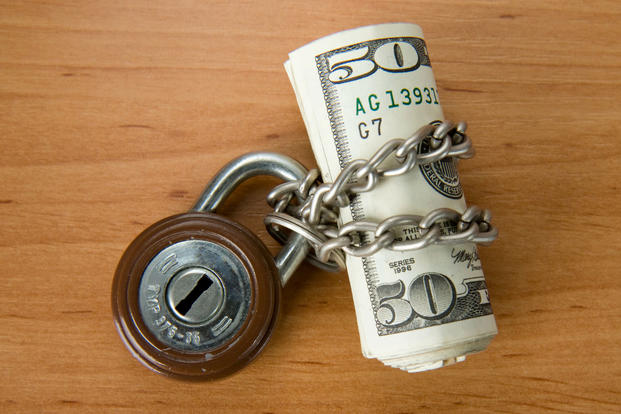Post from MilitaryByOwner
It’s not a question of whether or not you’re required to pay a security deposit on your rental. Since it acts as an insurance of sorts for your landlord, most require it.
You probably know that a security deposit serves to protect the landlord by covering any damages caused by the tenant. The landlord uses the deposit to pay for such things as carpet cleaning, wear and tear repairs (if stated in the lease agreement), and a deep cleaning if the home is filthy or has pet or other stains. They can also use your deposit to cover any breach of contract such as an early termination or unpaid month’s rent. This is why a security deposit typically equals one to three months’ rent.
Since its purpose is to cover repair expenses, if no repairs are needed, your deposit can be returned--which means it’s possible to get it all back.
1) Read your lease.
Look for information about the condition the rental should be left. If you hope to get a full return, take care of the property. Fill any holes you put in the wall and touch up any paint that needs it. The best policy is to leave the property in better condition than you received it.
Identify early termination penalties and look for a military clause. Though there are some stipulations, the Servicemembers Civil Relief Act (SCRA) protects you should you receive PCS orders for 90 days or greater and need to break your rental contract.
While you’re protected under the SCRA since it’s a federal law, early termination may be less of a headache if your lease includes a military clause. It indicates that your landlord understands that early termination is a possibility and is more willing to work with you if you receive PCS orders.
2) Do a walk-through prior to moving in.
Before you move in, you and your landlord need to walk through and inspect the property.
Note any damages and take photos. This should include everything from scratches on appliances, scuffs on the floor, cracks in a bathtub, pulls in the carpet, or a broken screen door to the condition of the landscaping and the yard.
Should your landlord accuse you of damages that existed prior to your move in, your documentation will provide proof that the damages preceded your time in the property.
3) Do a final walk-through.
Once you’ve vacated the property, you and your landlord need to walk back through the property together for a final inspection. Bring your notes to compare the current condition of the home with the condition when you moved in.
Communicate clearly with your landlord and make sure that you’re both on the same page about which damages, if any, you’ll be charged to repair. This step might feel like overkill, but you’d rather go through that than have to deal with figuring out why you didn’t get a refund after you’ve arrived at your new duty station.
4) Provide your new address.
As soon as you get settled into your new home, send your new address to your previous landlord so they know where to send your return or get in touch with you for any issues.
5) Know your state’s laws.
Learn about rental security deposits where you live by researching your state laws. This will help you understand details such as how long your landlord legally has until they must return your deposit and how much they are allowed to require. Most states stipulate that the landlord provide a detailed list of any deductions made upon return of deposit. Nolo.com is a great source to learn more about your state’s laws.
The laws are designed to protect both the landlord and you, the tenant. Should your landlord fail to return your deposit, you can seek family legal assistance at your duty station for your next steps.
Getting your security deposit returned shouldn’t be difficult. With a little common sense and a good relationship with your landlord, follow these five tips and you should get your deposit back.




